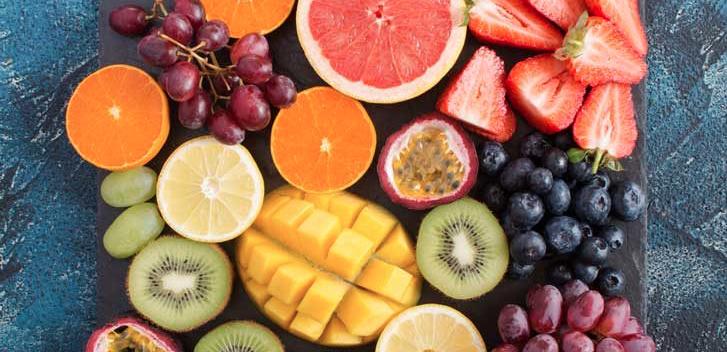Africa-Press – Rwanda. Iron is the core of the haemoglobin molecule necessary for transporting oxygen to various tissues. Therefore, it is one of the most important elements or good health. November 29 is commemorated as “World Iron Deficiency Day” to raise awareness about iron deficiency and preventing it. Deficiency of blood in the body due to lack of iron is the most common cause of anaemia worldwide, which is easily prevented.
Iron deficiency anaemia is more common in women as compared to men for multiple reasons. Chronic blood loss during menses is the most common cause for iron deficiency. During adolescence, pregnancy, breastfeeding and menopause, there is increased demand of iron in the body of a woman. If not met, iron deficiency anaemia can develop. It is not only the vulnerable women, but also affluent ones who are prone to develop iron deficiency anaemia. Blood loss during child birth is yet another factor which contributes to anaemia in women. Greater the number of pregnancies and deliveries, greater is the risk.
In case of men, occult bleeding as in cancers of the stomach or colon can lead to iron deficiency anaemia. Drugs like aspirin when taken for long can cause overt or hidden bleeding somewhere in the body and precipitate iron deficiency anaemia.
Worm infestations, particularly hook worm, is a leading cause of iron deficiency anaemia in poor people of underdeveloped countries. Schistosomiasis and malaria are some of the other infections causing iron deficiency anaemia due to chronic external or internal bleeding.
Liver disorders are also known to cause this kind of anaemia, because iron is stored in liver. Long use of alcohol can damage liver and induce iron deficiency anaemia. Whatever the underlying cause for this type of anaemia is, it usually develops when that condition is chronic. Iron is stored in the bone marrow, liver and spleen in quantities sufficient for the body. It is only after these stores start getting depleted that a person starts suffering from iron deficiency anaemia.
Fatigue is the earliest symptom of any anaemia, including that of iron deficiency. The lower inner portion of eyes becomes pale. Cracking at angles of mouth and shiny bald tongue are specific features of iron deficiency anaemia. Loss of inner protective layer of the stomach occurs resulting in inflammation, which manifests as frequent burning pain. The individual develops difficulty in swallowing due to formation of web at the throat and oesophagus (food pipe). White lines develop over nails and in advanced illness, there is flattening of the nails, which points to iron deficiency state in the body.
In severe cases, a person may become dull, confused and disoriented. The load put on the heart to supply oxygen to body parts in face of reduced blood, can precipitate heart failure. Children with iron deficiency have retarded growth.
Iron deficiency anaemia is an illness which can be easily prevented. Intake of food rich in iron helps to maintain iron stores in body. Green vegetables, beetroot, pumpkin, fruits like pomegranate, passion fruit, poultry products, are useful in this regard. Vitamin C rich fruits like citrus fruits, strawberry, grapes and guava, help in absorption of iron from the gut. Children should be encouraged to take these iron rich food substances, in place of junk food.
Women are advised to take iron supplements during changing phases of life like puberty, pregnancy and menopause. Iron supplements can cause constipation and bloating, making a person stop taking them. But taking them after food helps solve this problem.
If in spite of preventive measures one develops iron deficiency anaemia, cause should be examined and treated.






